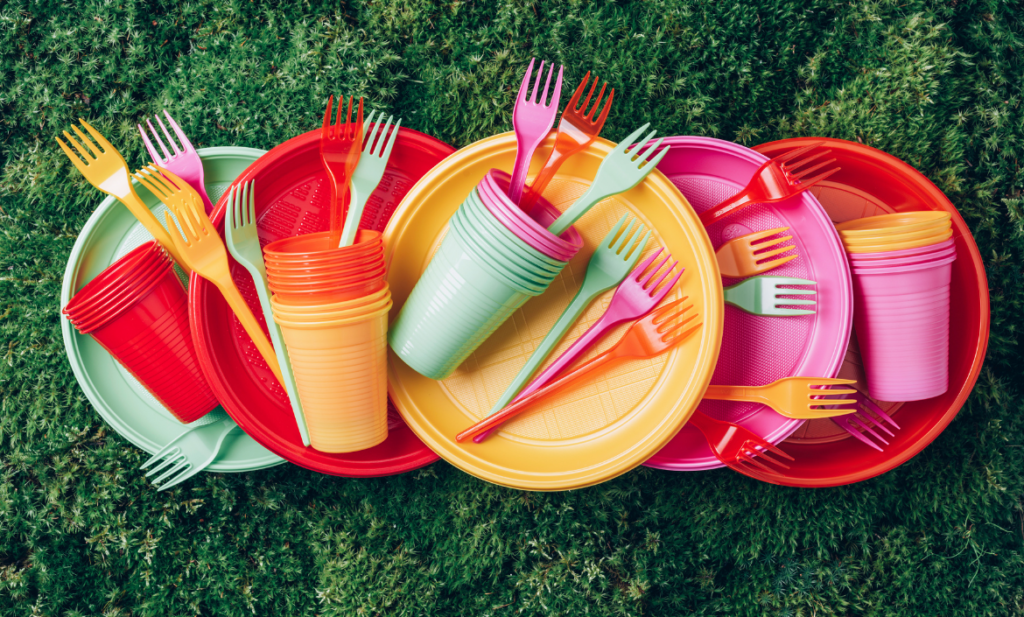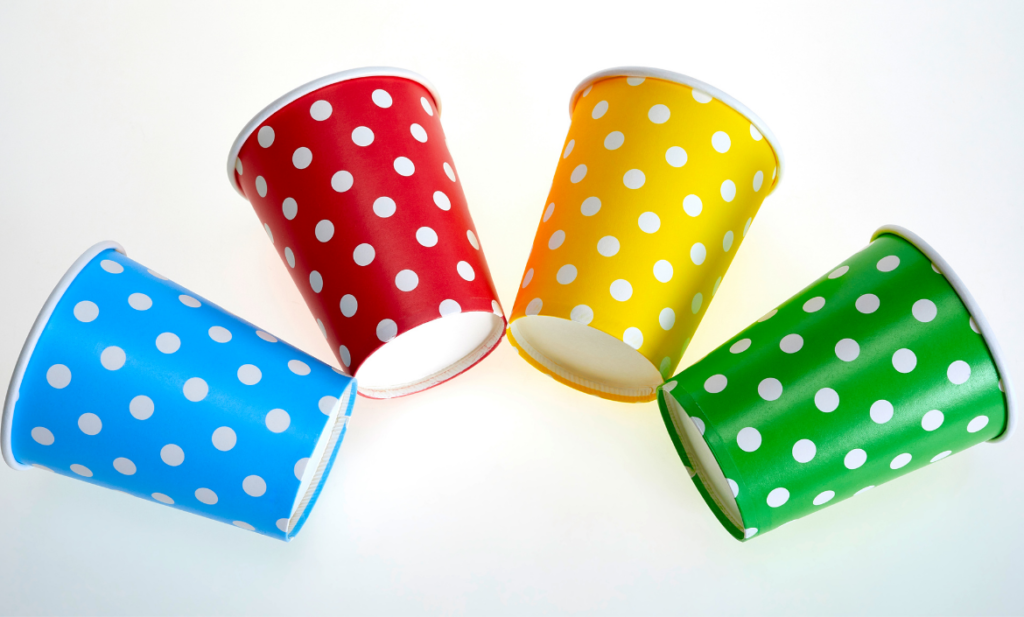What Is the Eco-Friendly and Practical Solution for Tableware in Companies with Over 200 Employees?
What Is the Eco-Friendly and Practical Solution for Tableware in Companies with Over 200 Employees? Large companies, especially those with over 200 employees, face logistical challenges daily, including managing their dining spaces. How can they combine practicality, cost-efficiency, and environmental responsibility when choosing tableware for meals and internal events? The answer lies in adopting eco-friendly disposable tableware. Why Choose an Eco-Friendly Solution for Large Companies? Reducing Environmental ImpactCompanies are increasingly expected to act responsibly toward the environment. By replacing plastic products with biodegradable alternatives, such as plates and cups made from bagasse, they significantly reduce non-recyclable waste. These natural materials decompose quickly and can even be composted, offering a second life to what would otherwise be discarded. Simplified ManagementIn large organizations, where hundreds of meals are served daily, managing tableware can be a logistical challenge. Biodegradable disposable tableware provides a practical solution: no need for washing or storing large quantities of dishes and cutlery. It also reduces maintenance costs significantly. A Positive Message to Employees and PartnersBy choosing sustainable solutions, a company demonstrates its commitment to environmental sustainability. This sends a strong message to employees, who value working for an organization that cares about the planet, as well as to external partners and clients. Such an initiative can enhance the company’s brand image. Which Materials Are Best for Sustainable Tableware? Sugarcane BagasseThis material, derived from the by-products of sugar production, is sturdy, lightweight, and 100% compostable. It’s an elegant and eco-friendly alternative to plastic plates, perfectly suited to the needs of large companies. BambooBamboo is a renewable and durable resource, ideal for disposable cutlery or plates. Besides being functional, these products add a natural and aesthetic touch to dining areas. Recyclable and Compostable PaperFor cups and napkins, recyclable paper is an excellent choice. It’s functional, cost-effective, and easy to integrate into internal recycling processes. Benefits for Large Companies Simplified Internal EventsWhether for seminars, team lunches, or corporate parties, eco-friendly disposable tableware greatly simplifies organization. It allows companies to focus on what matters most while minimizing logistical efforts. Contribution to Corporate Social Responsibility (CSR)Implementing sustainable practices in dining spaces aligns perfectly with CSR strategies. It shows that the company takes tangible steps to reduce its environmental footprint. Reduced Hidden CostsWhile the initial investment may seem higher, the elimination of costs associated with washing and maintaining traditional tableware quickly offsets this expense. A Step That Inspires Beyond the Company By integrating eco-friendly tableware into their dining spaces, companies with over 200 employees are not just addressing a practical need. They are demonstrating that it is possible to combine efficiency with environmental responsibility, inspiring employees, partners, and even the local community to adopt more sustainable practices. And you, what solutions does your company use to balance practicality and environmental sustainability? Share your experiences and ideas in the comments to inspire other organizations to take the leap.










